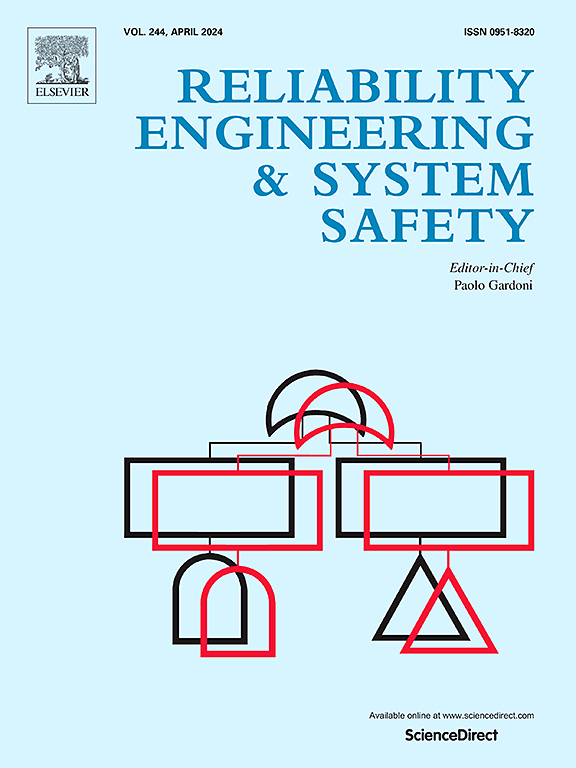与主抗风系统有关的下爆速度场模拟
IF 11
1区 工程技术
Q1 ENGINEERING, INDUSTRIAL
引用次数: 0
摘要
在过去的二十年里,风工程的重点是非天气尺度的风暴,它比天气尺度的风表现出更大的时空复杂性。在这里,我们将重点关注下爆裂速度场的建模,以及这些模型如何用于确定下爆裂风的结构响应。关于主风力抵抗系统(MWFRS),已经定义了两种方法:(i)美国圣母大学Ashan Kareem教授小组的阵风锋因子(GFF)和(ii)意大利热那亚大学已故Giovanni Solari教授团队的雷暴响应频谱技术(TRST)。两种方法都将降暴平均风场分解为垂直剖面和时间变化。本文从空间和时间特征的角度对下爆速度场进行了模拟,包括平动效应、大气边界层叠加效应和地面效应。在此,我们重点分析了包括时间和空间速度变化在内的各种分析模型如何适应于一个类似下爆流(DLFs)的实验数据库,该数据库是在西部大学的WindEEE Dome项目下由THUNDERR项目生成的。标定是通过平动、背景天气风和地面粗糙度作用下的平稳平均流场叠加进行的。剖面变化的分析模型,Oseguera-Bowles-Vicroy (OBV)和Wood &;Kwok模型,以及时间变化的正弦波模型,在这个庞大的数据库中进行了测试。由此产生的经过调整的拟议模型为应用于MWFRS方法的dlf提供了一个潜在的框架。本文章由计算机程序翻译,如有差异,请以英文原文为准。
Modelling downburst velocity fields in relation to Main Wind Force Resisting Systems
Over the past two decades, wind engineering has focused on non-synoptic wind storms, which exhibit greater spatio-temporal complexity than synoptic scale winds. Here we focus on the modelling of downburst velocity fields in relation to the way these models can be used to determine structural responses to downburst winds. Two approaches have been defined in relation to the Main Wind Force Resisting Systems (MWFRS): (i) the Gust Front Factor (GFF) from Professor Ashan Kareem’s group at Notre Dame University in USA and (ii) the Thunderstorm Response Spectrum Technique (TRST) from the late Professor Giovanni Solari’s team at the University of Genova in Italy. Both methods decompose the downburst mean wind field into a vertical profile and a time variation. Here we focus on the modelling of downburst velocity fields in terms of spatial and time characterizations including the effects of translation, atmospheric boundary layer (ABL) superposition and surface effects.
Herein, we focus on analysing how various analytical models, that include both time and space velocity variations, can be adapted to fit an experimental database of downburst-like flows (DLFs), generated at WindEEE Dome at Western University under the project THUNDERR. The calibration is conducted through the superposition of stationary mean flow fields with the effects of translation, background synoptic wind and surface roughness. Analytical models for the profile variation, the Oseguera-Bowles-Vicroy (OBV) and Wood & Kwok models, along with the sine wave models for temporal variation, are tested against this extensive database. The resulting adapted proposed models provide a potential frame on DLFs to be applied in the context of MWFRS approaches.
求助全文
通过发布文献求助,成功后即可免费获取论文全文。
去求助
来源期刊

Reliability Engineering & System Safety
管理科学-工程:工业
CiteScore
15.20
自引率
39.50%
发文量
621
审稿时长
67 days
期刊介绍:
Elsevier publishes Reliability Engineering & System Safety in association with the European Safety and Reliability Association and the Safety Engineering and Risk Analysis Division. The international journal is devoted to developing and applying methods to enhance the safety and reliability of complex technological systems, like nuclear power plants, chemical plants, hazardous waste facilities, space systems, offshore and maritime systems, transportation systems, constructed infrastructure, and manufacturing plants. The journal normally publishes only articles that involve the analysis of substantive problems related to the reliability of complex systems or present techniques and/or theoretical results that have a discernable relationship to the solution of such problems. An important aim is to balance academic material and practical applications.
 求助内容:
求助内容: 应助结果提醒方式:
应助结果提醒方式:


